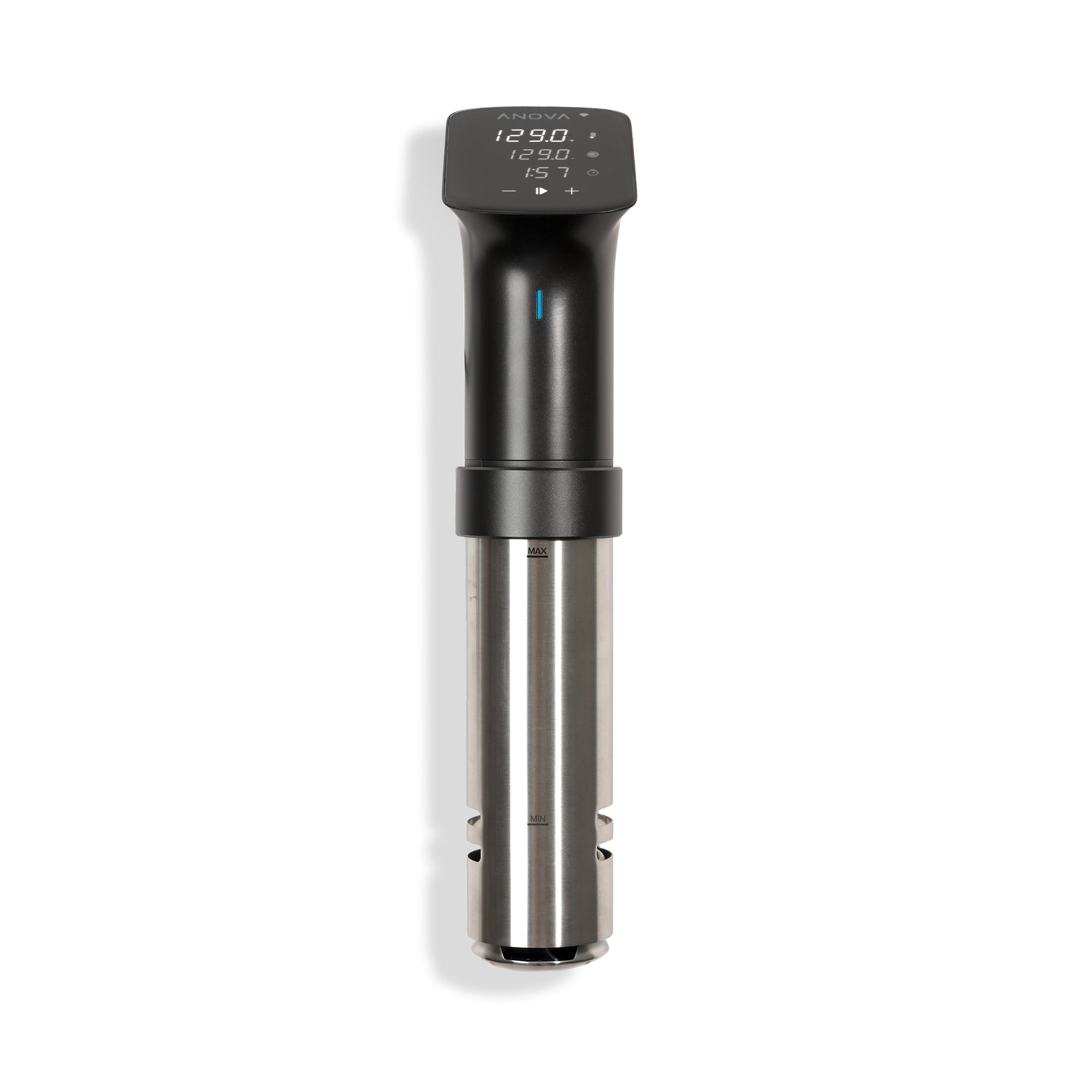In my family, the most celebrated characteristic of a holiday is the food that usually goes with it. Thanksgiving and turkey, Christmas and pork roast, Independence Day and burgers & hot dogs. This holds true for even the non-bank holidays, and every year, I would look forward to corned beef and cabbage on St. Patrick’s Day. As St. Paddy’s Day is right around the corner, we decided that the time was right to create a heavenly, deliciously spiced, melt-in-your-mouth corned beef recipe. We also wanted to identify the process by which you can use your Anova to produce the most tender and succulent corned beef bought at the store already pre-brined. And so began the Great Corned Beef Experiment!
A Little Background
Corned beef is not a dish that originated in Ireland, but one that developed in the United States during the first wave of Irish immigration to the country. In search of the comforting flavors of home, the first Irish-Americans looked to the ingredients most readily available and affordable to them. At the time, beef brisket was the least expensive cut of meat, and cabbage the most affordable vegetable that also happened to be familiar in the old country. By utilizing brining and curing methods gleaned from fellow immigrants, though Eastern European ones, the Irish were able to mimic some of those favorite tastes. The true Irish tradition of boiled bacon (which also is traditionally salted and cured) on St. Patrick’s Day was replaced by spiced, brined, and cured beef. The word “corned” in the name refers to the original use of corn-kernel-sized rock salt in the curing process. Now, we are going to use a combination kosher salt with a little pink curing salt, also known as “Prague powder”, but the original name of corned beef stuck and carries on even today.
How Do We Consume It Today?
Well, we know what a delicious treat corned beef is on St. Patrick’s Day in the US, cut in thick slices and served with the usual accoutrements, but it is something that is enjoyed in multiple other forms.
- Corned beef hash is a very popular breakfast dish in the United States (and leftovers from our recipe would be perfect for it, too!)
- Smoked with similar spices, corned beef can become pastrami, a tasty delicatessen treat
- As the main ingredient in a Reuben sandwich, with sauerkraut, Swiss cheese, and Thousand Island dressing served on rye bread

- Another popular and kosher form regularly consumed in Canada is known as Montreal-smoked meat.
- In the United Kingdom, the American version is known as salt-beef.
- It has long been used as a military ration around the world, and can still be found in American military MREs, or "meals ready to eat", and is still a traditional field ration of the Israeli army known as "loof."
Onto the Experiment: How do I make my own?
The Full-Form Homemade Recipe When I started researching how to make corned beef from scratch, I was so glad that I was doing so a month in advance! With 5 - 10 day brining times, and sous-vide brisket-cooking times of at least 48 hours, this is not a last-minute dish. There is a shortened form below if you purchase pre-brined corned beef, but that still takes a minimum of 48 hours, so plan ahead NOW. 
To make your life and experience easier, we also tested six different cooking times and came out with a clear winner. While 48 hours will absolutely suffice, 60 hours delivered the most tender and delicious results.
- 24 hours was aesthetically appealing, but texturally tough.
- 36 hours showed a marginal improvement, but was still extremely chewy, no matter how thin it was sliced
- 48 hours was the point at which tenderness started to evidence itself, and is quite satisfactory, BUT...
- 60 hours was melt-in-your-mouth delicious!
- 72 hours was, again, tender and supple, but the difference between that and 60 hours was too marginal to merit the extra 12 hours.
- 84 hours pulled apart the best, and the fat within tasted the most mellow and melty, but again - not enough of an increase in enjoyability in our opinion to warrant an extra 24 hours from our favorite time!
Now, you could actually shorten cooking time by raising the temperature of the bath, but this is not something we included in this particular experiment. Perhaps next time around. In the meantime, we would LOVE to hear more about your experiences and experimentation on our
Community forum!

 To make your life and experience easier, we also tested six different cooking times and came out with a clear winner. While 48 hours will absolutely suffice, 60 hours delivered the most tender and delicious results.
To make your life and experience easier, we also tested six different cooking times and came out with a clear winner. While 48 hours will absolutely suffice, 60 hours delivered the most tender and delicious results.


6 comments
What was the cook temp? I can’t seem to find it.